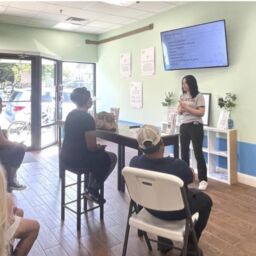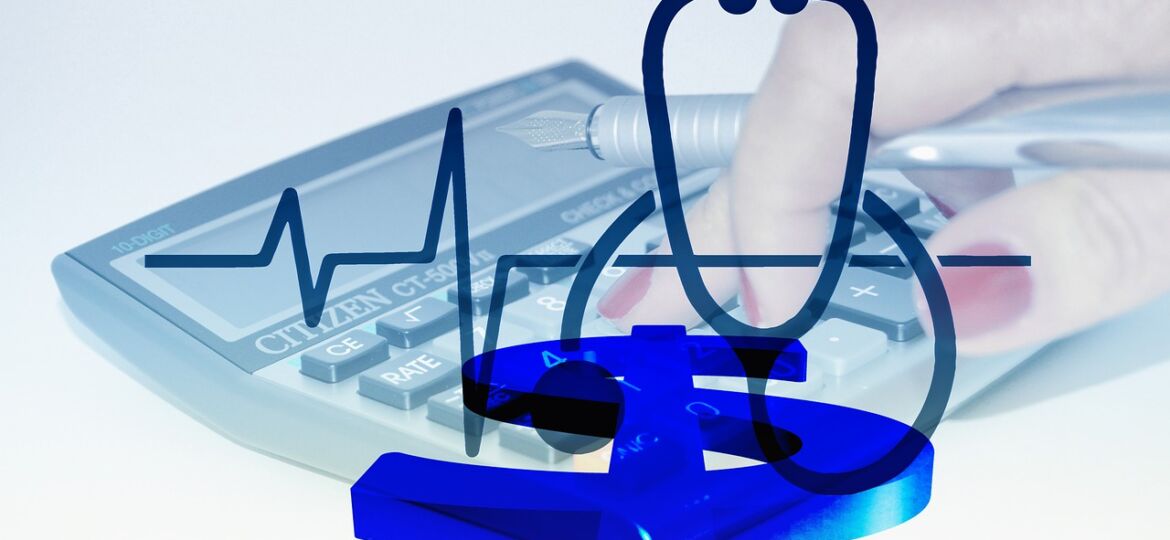
Related Posts

Today’s release of new 2020 Census data provides population counts of nearly 1,500 race and ethnicity groups and American Indian and Alaska Native (AIAN) tribes and villages.

Charitable Pharmacies of America organization member receives Health Equity grant
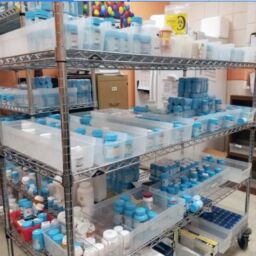
This study represents a rigorous, multi-state evaluation that highlights the impact of a charitable medication access program on hospital utilization for the medically under-served population.

Implications for Patients
Once the continuous enrollment ends, it is estimated between 5 -14 million individuals will be affected

An opportunity for charitable pharmacies to collaborate with oncology practices for non-oncology medications during and after treatment.
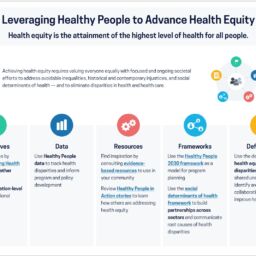
Healthy People 2030 Leveraging Healthy People to Advance Health Equity Health equity is the attainment of the highest level of health for all people. “Eliminate health disparities, achieve health equity, and attain health literacy to improve the health and well-being of all.”
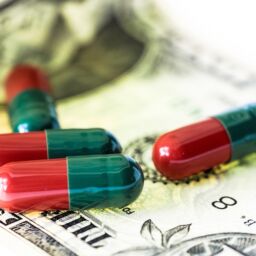
Uninsured adults and those in worse health continue to report higher rates of not getting care due to costs

NABP Associate Executive Director Josh Bolin on DSCSA compliance prior to FDA moving compliance deadline.
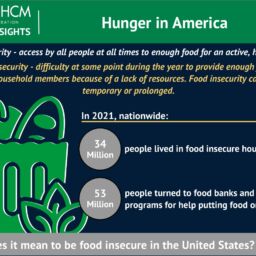
More than 34 million people in the United States were living in food insecure households in 2021, a decline from 38 million in 2020. The combination of the expanded child tax credit, Supplemental Nutrition Assistance Program benefits, and private donations all contributed to reducing food insecurity during the pandemic. Still there is much more work to be done, with food costs spiking 11.4%, the largest annual increase since 1979, inflation factors could easily cause food insecurity to grow.

How is a charitable pharmacy different from other types of pharmacies?
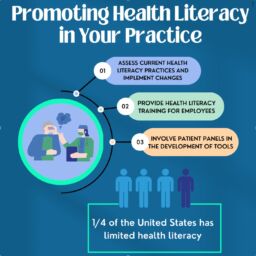
Around one fourth of the United States population does not have adequate health literacy.
Health literacy is defined as the ability to obtain, read, understand, and apply healthcare
information
Good Pill will provide direct access to hundreds of life-saving medications and save families $150+/month on healthcare cost
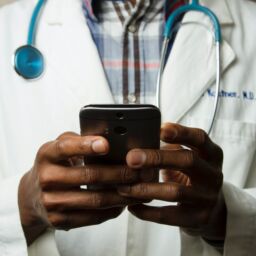
Medication non-adherence has led to at least 100,000 preventable deaths each year and $100 billion annually in preventable healthcare costs in the United States

How a ‘weighted lottery’ helped underserved patients get a scarce Covid drug


